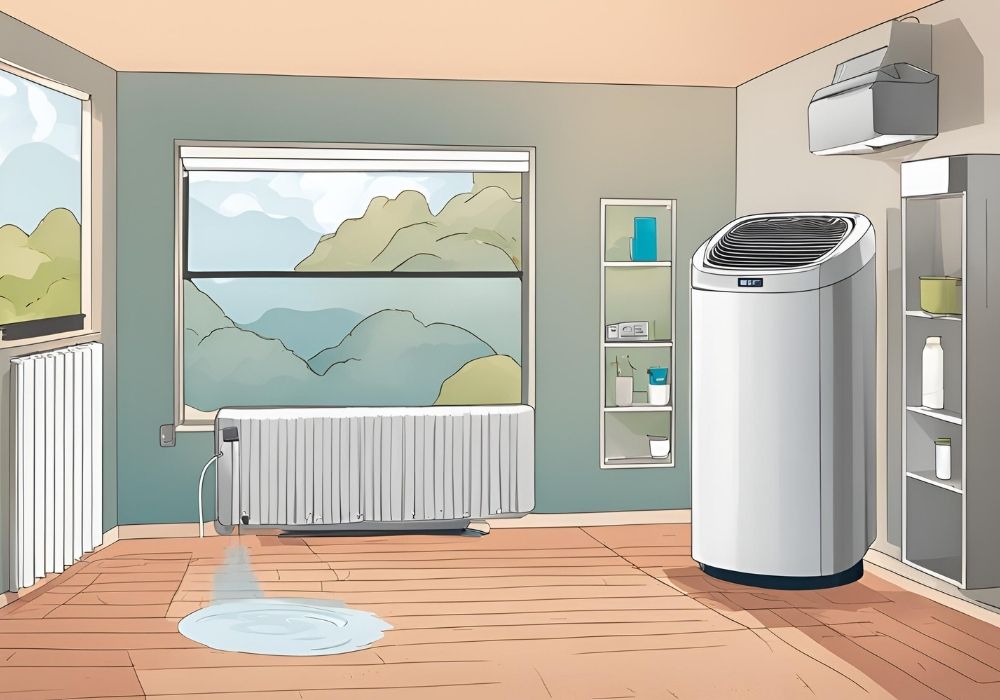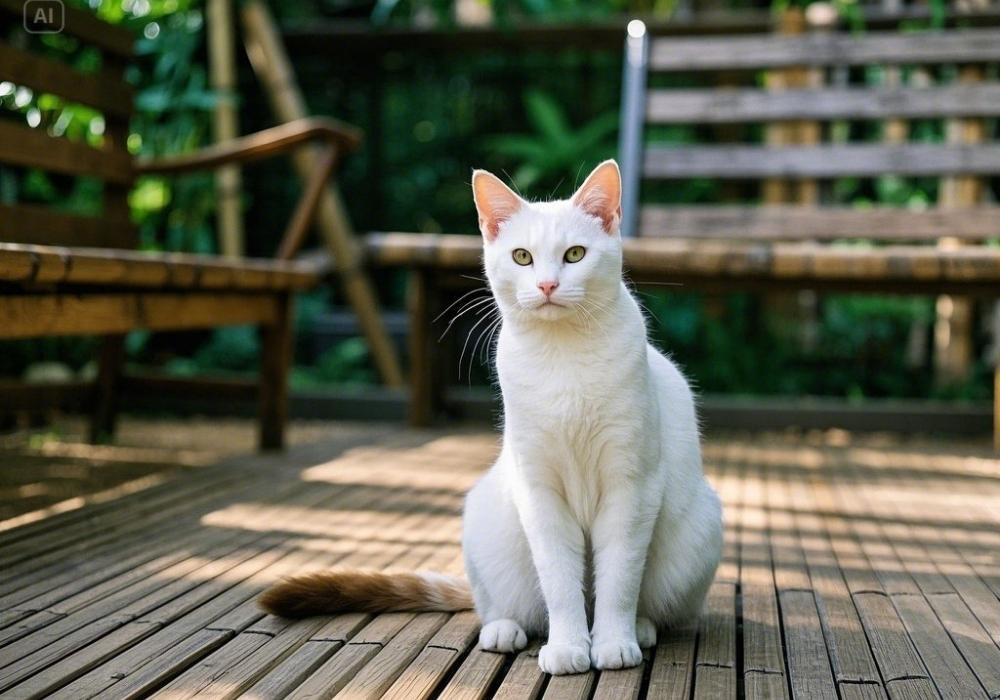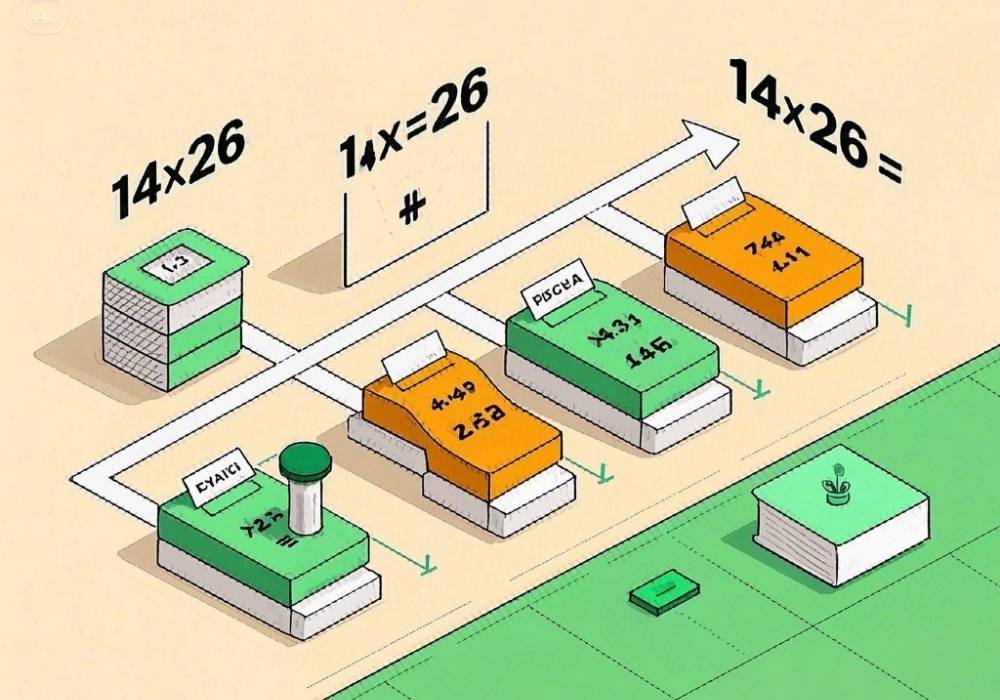Portable air conditioners are a popular cooling option for homes and apartments alike. They’re compact, easy to set up, and quickly make a room more comfortable during sweltering summer days. If you own one or are considering purchasing one, you might wonder if portable air conditioners must be drained.
This blog will guide you through the ins and outs of handling the moisture your portable AC unit generates. By the end, you’ll know when draining is necessary, how to do it, and whether there are options to eliminate draining altogether.
How Do Portable Air Conditioners Work?

Before draining, it’s helpful to understand how portable air conditioners operate. These cooling appliances use a refrigerant to extract heat and moisture from the air in your room, blowing cool air back out and venting the heat outside through a hose.
Extracting heat also removes moisture from the air, which is especially useful in humid climates. This moisture doesn’t just disappear, though—it has to go somewhere. Depending on your portable AC unit, it will either evaporate, collect, or drain the moisture.
Do All Portable Air Conditioners Need to Be Drained?
The answer depends on the model of your portable air conditioner. Portable AC units generally fall into three categories for handling water collection.
1. Self-Evaporative Models
Modern, high-efficiency portable air conditioners commonly feature self-evaporative technology. These models are designed to evaporate the moisture collected during operation automatically. The hot air vented out of the unit facilitates the evaporation process, eliminating the need for manual draining in most conditions.
However, the excess moisture may not evaporate fast enough if the humidity levels are extremely high. When this happens, water might collect in the AC’s reservoir, prompting the need for occasional manual draining.
2. Manual-Drain Models

Older or budget-friendly portable air conditioners often come with a water reservoir or drip pan that collects moisture. These models require regular draining to ensure the unit continues running efficiently.
How often you drain your unit depends on your area’s usage and humidity levels. For instance, in very humid environments, the reservoir might fill up within hours, while in drier regions, it may only need draining every few days.
3. Continuous-Drain Models
These units feature a continuous drain option, allowing you to attach a drain hose that directs the water to a nearby drain or through a window. This eliminates the need to empty a reservoir manually and is particularly useful in very humid environments.
How to Drain Your Portable Air Conditioner
If your portable air conditioner collects water that needs to be drained, don’t worry—it’s a simple process. Depending on your unit’s design, below are step-by-step instructions.
Draining Manually
Turn Off the Unit: Always turn off and unplug your air conditioner before draining water to avoid any electrical hazards.
Locate the Drain Plug: Most units have a drainage port near the bottom of the appliance. Refer to your user manual to find its exact location.
Prepare a Container: Place a shallow pan or bucket underneath the drain port to catch the water.
Remove the Drain Cap: Unscrew or pull out the drain plug to allow water to flow out. Some units include a small hose attachment to direct the water.
Reattach the Plug: Securely reattach the drain plug and cap once the water is completely drained.
Using the Continuous Drain Option
Check for Hose Compatibility: Ensure your unit comes with or is compatible with a standard garden or drain hose.
Attach the Hose to the Drain Port: Connect the Hose securely to the drainage outlet.
Position the Hose: Lead the other end to a floor drain, sink, or out through a window.
Secure the Hose: Ensure the Hose is positioned at a downward slope to allow gravity to direct the water flow smoothly.
Essential Tips for Draining Your Unit
Inspect Regularly: Even if you have a self-evaporative model or continuous-drain setup, check your AC periodically during high-humidity conditions to prevent overflow.
Clean the Drainage System: Dust or algae buildup in the drain can clog the water flow. Make it part of your routine maintenance to check and clean the drainage system.
Beware of Leaks: Improperly secured plugs or hoses can cause leaks and damage your surfaces. Always double-check the fittings.
Do You Want a No-Drain Solution?
If draining your portable air conditioner sounds like too much hassle, there are alternative options you can consider.
Self-Evaporative Models: Invest in a high-quality, self-evaporating portable air conditioner. Choose models suitable for your climate to minimize the likelihood of excess water accumulation.
Dehumidifying Features: Look for portable AC units with enhanced dehumidifying features that lower overall moisture levels in the air, reducing water collection.
Window Air Conditioners: If portability isn’t a requirement, a window AC unit might be a better long-term solution, as it typically doesn’t require draining.
Final Thoughts
Whether you need to drain your portable air conditioner depends mainly on the type of unit you own and the humidity of your environment. Self-evaporative models eliminate most manual effort, while continuous-drain setups keep the process hands-free. Maintenance and attention go a long way in keeping your AC running smoothly and your home cool and comfortable.
If you’re in the market for a portable air conditioner, carefully consider your region’s climate, personal preferences, and lifestyle needs to select the best model. With the right unit and regular care, keeping cool has never been easier!











